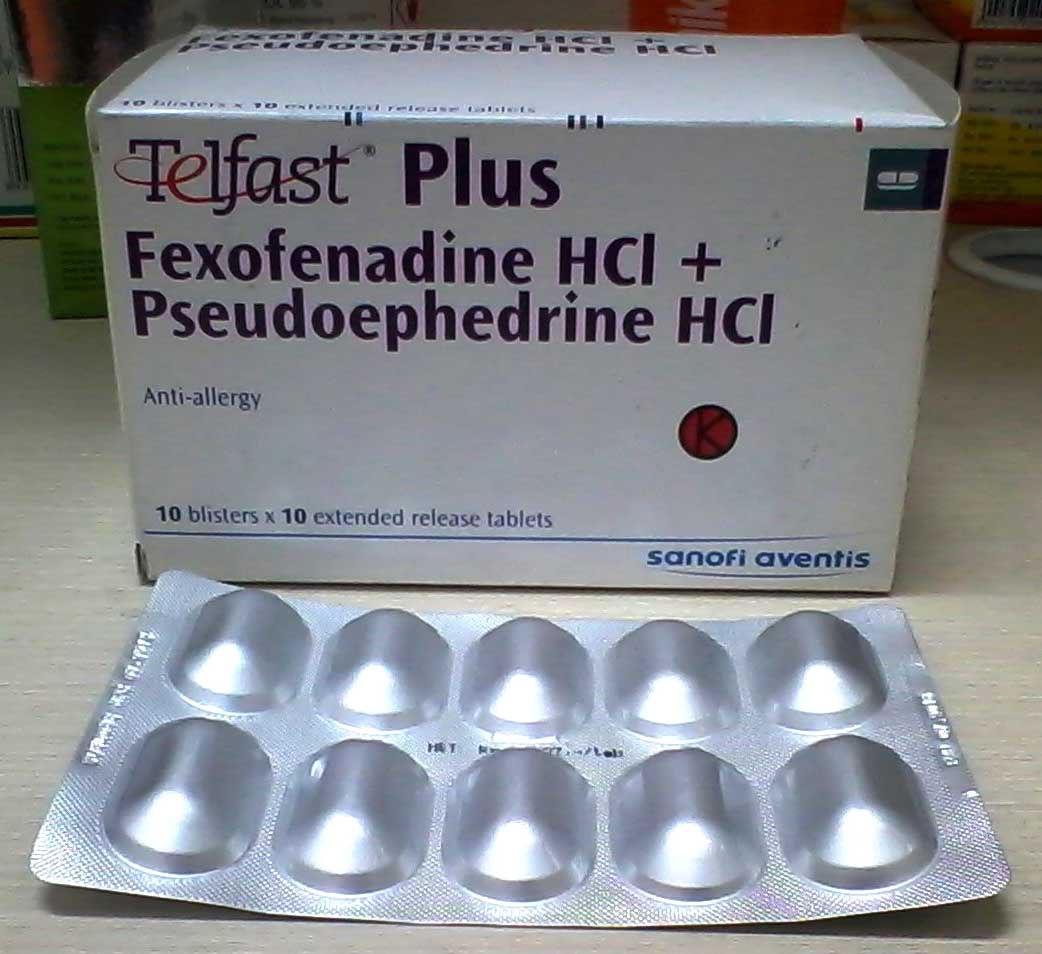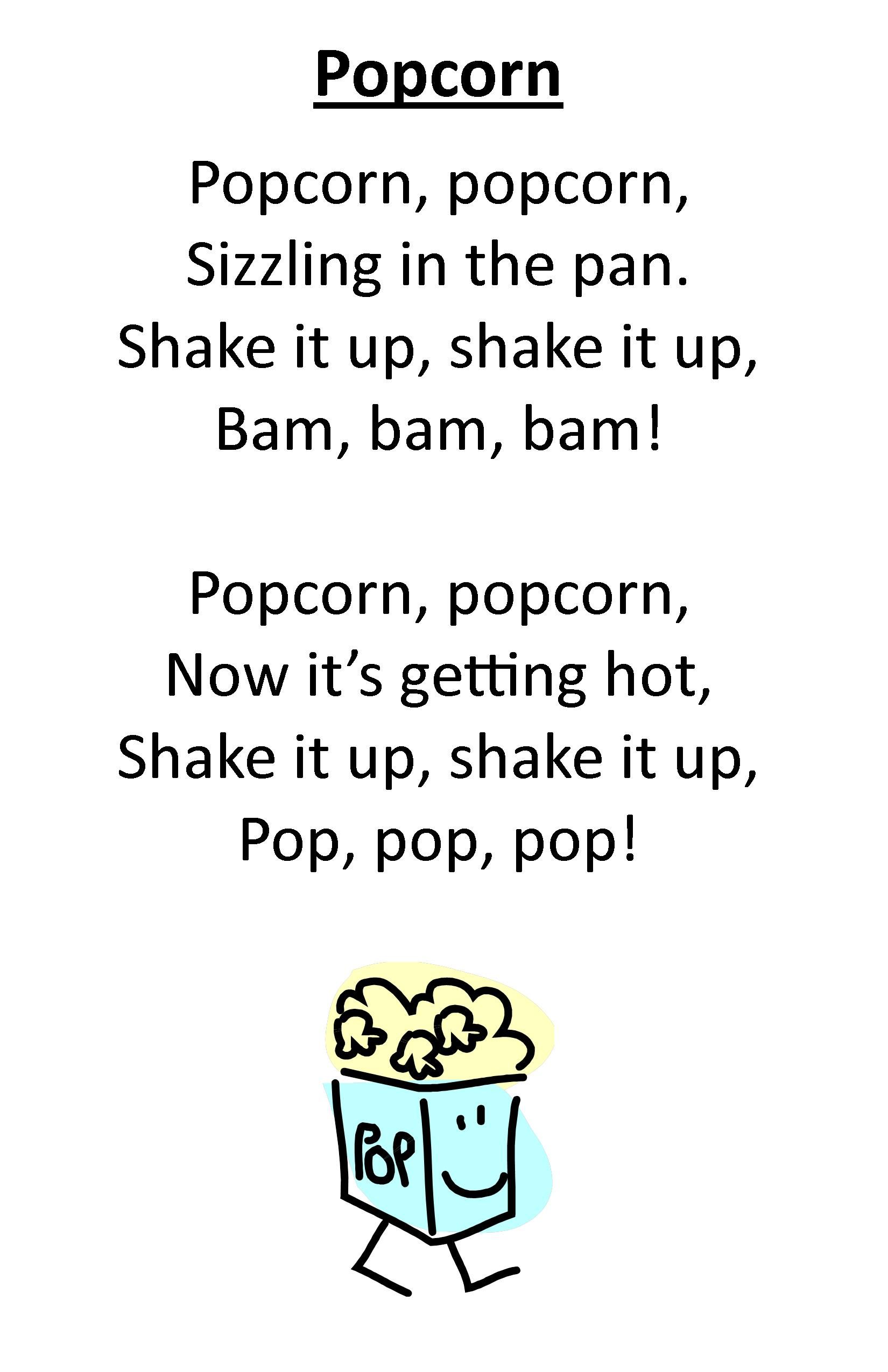Automotive Plastic Adhesives: Finding the Strongest Glue for Your Repair Needs
Understand automotive plastic adhesives
Repair automotive plastic components require specialized adhesives design to withstand extreme conditions. Unlike household glues, automotive adhesives must endure vibration, temperature fluctuations, exposure to chemicals, and mechanical stress. Select the strongest glue for your specific automotive plastic repair depend on several factors, include the type of plastic, the repair location, and the expect stress on the bond area.
Types of automotive plastics
Before choose an adhesive, it’s essential to identify the type of plastic you’re work with. Automotive plastics typically fall into several categories:
-
Polypropylene (pp )
common in bumpers, interior trim, and fluid containers -
Acrylonitrile butadiene styrene (abs )
use in dashboard components, interior panels, and grilles -
Polyamide (pa / nylon )
find in engine components and under hood parts -
Polyurethane (pPUR)
use in bumper covers and body panels -
Polycarbonate (pc )
common in headlight lenses and windows -
Polyethylene (pPE)
use in containers and protective covers
Strongest adhesives for automotive plastics
Two part epoxy adhesives
Two part epoxy adhesives rank among the strongest options for many automotive plastic repairs. These adhesives consist of a resin and a hardener that, when mixed, create a chemical reaction result iaan super strong bond.
Advantages of epoxy adhesives include:
- Exceptional strength erstwhile amply cure
- Excellent resistance to chemicals, heat, and moisture
- Good gap fill capabilities
- Minimal shrinkage during cure
Nonetheless, epoxies don’t work evenly fountainhead on all plastics. They perform advantageously on abs, polycarbonate, and rigid plastics but may require surface preparation for polyethylene and polypropylene.
Polyurethane adhesives
Polyurethane adhesives offer excellent flexibility along with impressive strength, make them ideal for automotive applications where bond parts may flex or experience vibration.
Key benefits include:
- Superior flexibility while maintain bond strength
- Excellent impact and vibration resistance
- Good performance across temperature extremes
- Effective on a wide range of plastics include TPO and pp
Many professional auto body shops prefer polyurethane adhesives for bumper repairs and other flexible plastic components due to their combination of strength and elasticity.
Methyl meth acrylate( MMA) adhesives
MMA adhesives represent some of the strongest options available for automotive plastic repairs, especially for structural components.
Standout features include:
- Exceedingly high bond strength approach that of weld
- Rapid cure times (typically minute sooner than hours )
- Excellent resistance to impact, vibration, and fatigue
- Superior performance on difficult to bond plastics
These professional grade adhesives are usually used in automotive manufacturing and repair facilities for critical applications where bond failure isn’t an option.
Cyanoacrylate (ssuperglue))ith activator
While standard superglue isn’t typically recommend for automotive repairs, specialized automotive grade cyanoacrylates pair with activators can provide amazingly strong bonds for certain applications.
Benefits include:
- Intimately instant bonding
- Good strength for non-structural repairs
- Excellent for small cracks and components
- Convenient application
These products work advantageously for interior plastic components and minor exterior repairs where structural integrity isn’t critical.
Specialized plastic adhesive systems
Plastic welding adhesives
Plastic welding adhesives use solvents to part dissolve the plastic surfaces being joined, create a molecular bond when the surfaces merge and the solvent evaporate.
These specialized adhesives offer:
- Chemical bonding that’s oftentimes stronger than the original plastic
- Excellent for repair cracks in plastic panels
- Minimal visible repair lines when decent apply
- Type specific formulations for different plastics
Professional plastic welding kits include specific formulations for different plastic types, ensure optimal bonding strength.
Plastic repair kits
Many manufacturers offer comprehensive plastic repair systems that include multiple components:
- Plastic cleaner and surface preparation solutions
- Plastic primer to improve adhesion
- Two part adhesive specifically formulates for automotive plastics
- Reinforcement materials (mesh or tape )
- Finish and texture tools
These kits oftentimes provide the strongest possible bond because they address the entire repair process, not merely the adhesive application.
Factors affecting adhesive strength
Surface preparation
Yet the strongest adhesive will fail without proper surface preparation. For maximum bond strength:
- Clean the plastic good with isopropyl alcohol or specialized plastic cleaner
- Roughen the bonding surface with fine grit sandpaper (typically 180 220 grit )
- Apply plastic primer to improve adhesion, specially for polyolefin plastics like pp and PE
- Ensure surfaces are wholly dry before apply adhesive
Surface preparation oftentimes make more difference to final bond strength than the choice of adhesive itself.
Temperature considerations
Automotive adhesives must withstand significant temperature variations. The strongest adhesives maintain their integrity from freezing to engine compartment heat.
Temperature factors to consider:
- Operate temperature range (typically 0 ° f to 180 ° f for exterior components ))
- Cure temperature requirements (some adhesives require heat cure for maximum strength )
- Ambient temperature during application (affects working time and cure rate )
Invariably check the manufacturer’s temperature specifications to ensure the adhesive is appropriate for your specific application.
Chemical exposure
Automotive components oftentimes contact gasoline, oil, coolant, and clean chemicals. The strongest adhesives resist chemical degradation over time.
For maximum chemical resistance, look for:

Source: globalrecycle.net
- Amply cure epoxy systems
- Polyurethane adhesives with chemical resistance ratings
- MMA adhesives with automotive specific formulations
Top commercial products for automotive plastic repair
Professional grade options
Several professional grade products systematically deliver exceptional results:
-
3 m plastic repair system
offers specialized formulations for different plastic types with exceptional bond strength -
Furor plastic repair adhesives
professional grade products use by many oOEMrepair facilities -
SEM plastic repair products
comprehensive system include cleaners, primers, and adhesives -
Lord furor plastic repair adhesive
two part urethane adhesive with excellent flexibility and strength
Consumer accessible options
For DIY repairs, several high strength options are pronto available:
-
Locate plastic bborder
two part epoxy specifically formulate for automotive plastics -
J b weld plastic weld
hand mixable epoxy putty with good strength for nnon-structuralrepairs -
Permeated plastic welder
two part adhesive that bonds to most automotive plastics -
Gorilla epoxy
while not automotive specific, offer good strength for many plastic repairs
Application techniques for maximum strength
Structural vs. Non-structural repairs
The application technique varies importantly depend on whether the repair is structural:

Source: thedrive.com
For structural repairs:
- Use reinforcement materials like fiberglass tape or mesh
- Apply adhesive to both surfaces
- Consider use backing plates for additional strength
- Allow full cure time before subject to stress
For non-structural repairs:
- Focus on appearance and proper alignment
- Use tape or clamps to hold parts during cure
- Consider the visibility of the repair when select products
Work with difficult plastics
Some automotive plastics, peculiarly polyolefins like polypropylene, are notoriously difficult to bond. For these materials:
- Use a plastic primer or promoter specifically design for polyolefins
- Consider flame or corona treatment to modify the surface chemistry
- Select adhesives specifically formulate for these plastics
- Create mechanical bonds by add holes or texture to the bonding surface
Reinforcement techniques
For maximum strength in critical repairs:
- Create a v groove along cracks to increase bond surface area
- Apply adhesive to both sides of the repair
- Embed reinforcement materials in the adhesive
- Apply multiple thin layers quite than one thick layer
- Use proper clamp pressure during cure
Testing and verification
Before rely on a repaired component, consider these verification methods:
- Allow full cure time accord to manufacturer specifications
- Perform gentle stress testing before full use
- Inspect the repair under different lighting conditions
- Consider the repair temporary if it’s a safety critical component
When to use alternative repair methods
While adhesives offer the strongest solution for many plastic repairs, sometimes alternative methods are more appropriate:
-
Plastic welding
use heat to melt and fuse plastic pieces unitedly -
Mechanical fasteners
screws, bolts, or rivets combine with adhesives for maximum strength -
Replacement
for safety critical components, replacement is oftentimes the only appropriate option
Safety considerations
When work with automotive adhesives:
- Work in a wellspring ventilate area
- Wear appropriate personal protective equipment (gloves, eye protection )
- Follow all manufacturer safety instructions
- Be cautious with exothermic (heat generating )adhesives
- Store adhesives accord to manufacturer recommendations
Conclusion
The strongest glue for automotive plastic repairs depend on multiple factors include the specific plastic type, the repair location, and to expect stresses. For most structural repairs, professional grade two part adhesives such as polyurethanes, epoxies, and mMMSprovide the greatest strength, particularly when combine with proper surface preparation and reinforcement techniques.
For optimal results, identify the plastic type, soundly prepare the surface, select an appropriate adhesive system, and follow the manufacturer’s application instructions incisively. With the right approach, modern automotive adhesives can create bonds that rival or exceed the strength of the original material, provide durable, retentive last repairs for plastic components.
Remember that while DIY repairs can be effective for many applications, safety critical components may require professional assessment and repair to ensure proper function and durability.



